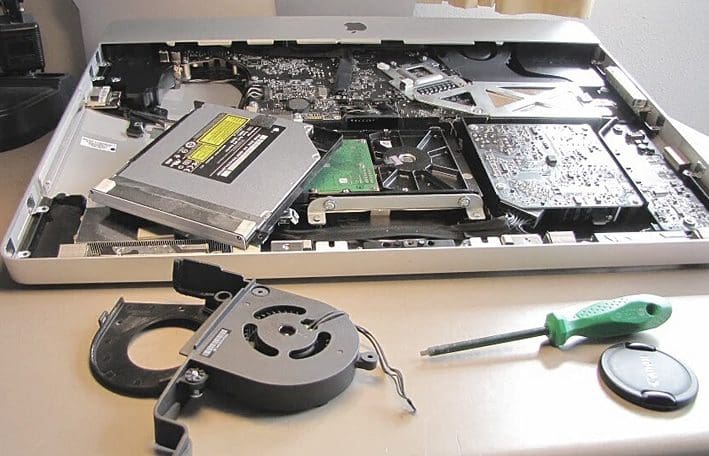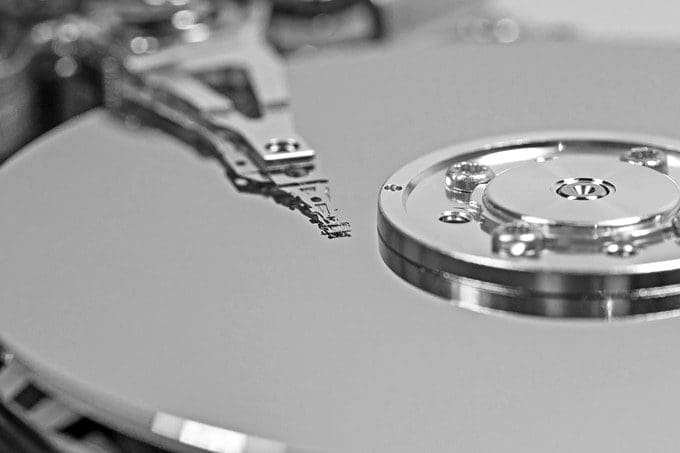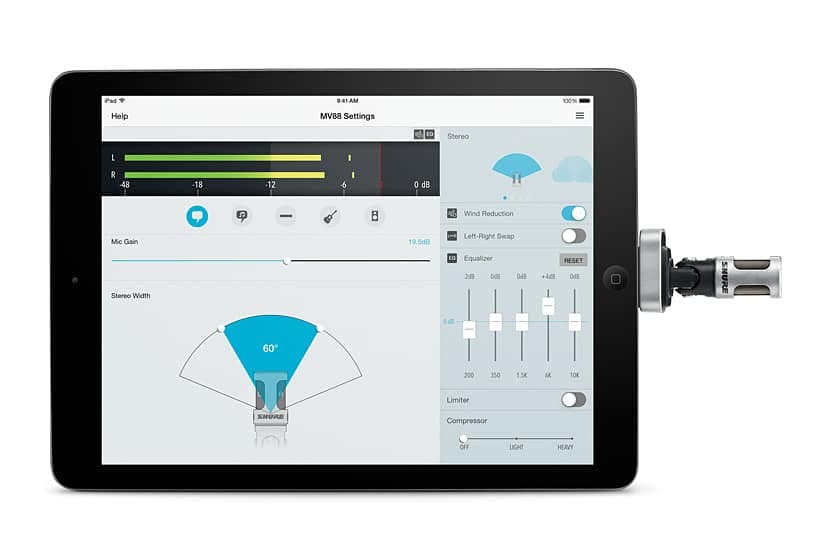words Al Woods

Computers started out as tools for government research centers, only to become a gadget for the scientific elites. Then, in what felt like a single day, computers entered almost everyone’s home. Today we live in a world that doesn’t work without personal computers.
We use them to work, relax, shop, and communicate. However, all computers have a built-in flaw – they become obsolete fairly quickly. Join us as we discuss some of the upgrades you can make to keep your used laptop up to speed.
Laptops and Upgrades
Personal computers, or PCs, come in two flavors. You’ve got the large and often cumbersome desktop computers and the light, mobile laptops. As a rule of thumb, the former type is generally reserved for workstations and machines that are expected to do the heavy lifting.
In comparison to that, laptops are meant to be light, mobile, and capable of operating on a battery. Naturally, all of these perks have made laptops the crowd favorite among people of all ages in the United States.
That being said, desktop computers have one massive advantage over laptops of any kind – flexibility. When something breaks or dies on a desktop computer, all you have to do is pop the lid on the case and replace the broken part. That’s not usually the case with laptops. However, the fact that you can’t fix it on your own doesn’t mean a laptop can’t be fixed.
Whatever the damage may be, most laptops can still be repaired. The expert technicians over at Peach Stores argue that too many people give up on their laptops prematurely – laptops that are easily refurbished and brought back to perfect working order. As a result, you can get a perfectly functional refurbished laptop for cheap. If you’re on a budget, this is probably one of the easiest ways to get your hands on a solid computer.
What Can you Do to Upgrade an Old Laptop?

Back in the day laptops were completely monolithic devices. Failure of any given component usually implied a bricked computer. However, most manufacturers quickly came to their senses and started building laptops that bring some level of modularity.
The number of things you can replace or alter on a laptop will depend on the company that made it. Apple’s laptops are notoriously prohibitive of any repairs outside their official repair shops. Those who decide to take on this adventure usually arm themselves with a bunch of documentation, specialized tools, and patience above all.
On the other hand, Windows-based laptops are a whole different story. You can switch out various parts to fix the computer. More importantly, you can make it faster.
Swapping the Memory
Modern CPUs, at least those produced within the last 5 years, are fairly close in performance to the latest models that are just hitting the shelves. Both Intel and AMD are winding down the R&D as they’re both reaching the maximum potential of silicon-based transistors.
As a result, the CPU produced today is no longer 200% faster than one made 2 years ago. Instead, that difference is drastically reduced. It’s not the CPU that’s’ bottlenecking modern laptops – it’s the memory.
One of the first things you can do to upgrade your laptop is to add more memory. This applies to both RAM and storage memory. Just adding an SSD instead of an old HDD can significantly speed up your computer.
Why SSD Matters?

Hard drives are mechanical memory storage devices. Inside an HDD there are usually 3 or more discs with data written on them. Each of these discs has its own needle that writes or reads data. The sole fact that you’ve got a mechanical device with a bunch of moving parts means that there’s an inherent handicap that limits the speed with which you can use your HDD.
SSDs don’t suffer from these handicaps. An SSD, or Solid State Drive, is like an oversized flash drive. There are no moving parts. Switching to an SSD from an HDD can breathe new life into an old laptop. Your machine will boot exponentially faster than before and generally run smoother.
RAM Memory
RAM is the next important piece of the puzzle. As apps evolve, they’re starting to require more and more RAM to operate. Depending on the app you’re trying to run, you might find yourself out of available RAM, which slows the computer down.
Running 10 tabs in Google Chrome used to be possible with 4GB of DDR3 RAM. It’s still possible, but you better arm yourself with patience as it will seriously slow everything down.
Upgrading your RAM by either adding more or going for faster DIMs is a great way to deal with RAM hogs such as Chrome.
Beyond Memory Upgrades
Getting a faster SSD and more RAM might feel like band-aid solutions. However, these are among the most popular ways of speeding up an older laptop. Especially considering that you can replace these two components on just about any Windows laptop made from 2007 and onward. That being said, there are laptops out there that allow you to do much more than just change your RAM. Lenovo ThinkPad series of laptops is arguably one of the most modular families of laptops in production.
This flexibility combined with their bulletproof nature has made the ThinkPads an absolute favorite of professionals from all walks of life. Everyone ranging from defense contractors to casual programmers is using these computers. If you have one of these, chances are that you can replace your memory, your battery, CPU, GPU, or even the whole motherboard. Everything on a ThinkPad is modular.
External GPUs
Modern mobile graphic cards are becoming capable and powerful. As full-size chipsets become smaller and smaller, they’re slowly starting to fit mobile devices. However, if you have an older laptop and want to play modern games on it, you might have enough processing power but a severe lack of GPU power.
Since cramming a full-sized GPU into your laptop’s chassis is out of the question, the next best thing would be to plug in an external GPU. External GPUs are basically full-sized cards enclosed in a special case. The case serves as a PCIe slot that converts the signal into something you can send to your computer via USB3 or Thunderbolt.
Plugging in an external card will take over the entire graphical workload, thus leaving your CPU to deal with CPU intensive tasks.
At the end of the day, upgrading a laptop once it becomes obsolete is tricky. That is part of the price we agree to pay in order to enjoy the increased mobility and freedom movement these machines offer. Generally speaking, upgrading your laptop is worth it as long as you plan on using it for a while longer.









